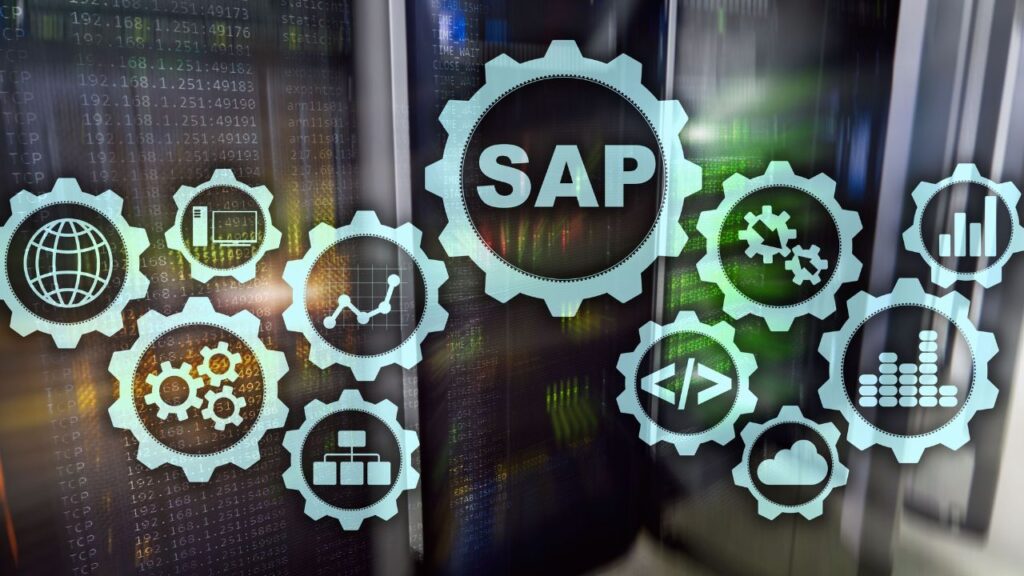Working with SAP Master and Transactional Data
John Todd, Sr. Business Consultant/Product Researcher, Total Resource Management (TRM)
Posted 5/30/24
SAP, as with any enterprise asset management software suite, is a collection of many diverse software solutions and applications. No matter which module of SAP you are working with, there are master and transactional data sets that you must consider as you are making changes to an existing system, migrating from one system to another, or standing up a new system altogether. Some of the SAP solution areas you may encounter in the reliability and maintenance disciplines are:
- SAP Enterprise Asset Management (EAM)
- Plant Maintenance (PM)
- Material Management (MM)
- S/4HANA Asset Management
- S/4HANA Service
- Project Systems (PS)
- Intelligent Asset Management (IAM)
- Customer Service (CS)
- Service Management (SM)
- Field Service Management (FSM)
- Procurement and Inventory Management
An important step in any improvement or transformation endeavor is understanding the impact changes to the software solution will, not may, have on the underlying master and/or transactional data. What may be a good idea from a process efficiency standpoint can have dramatic impact on the integrity of data collected within the system for future use. Careful consideration is needed as you change strategy, adopt best practices/processes, new technology, and/or manage organizational change.

SAP Master Data
Master data is viewed as those foundational and client-contextual records a system needs to be functional from day one. While these records can and do change over time, they provide the foundation users need to perform their work in the system. Through the use/reference to these important records is how users generate the transactions that represent the processes they are exercising. Example of these “static,” data objects are:
- Functional Location
- Equipment
- Materials
- Bill of Materials
- WorkCentre
- Task List
- Preventive Maintenance Plan
- Customers, Vendors and Business Partners
Often Master Data is loaded into a system during the initial implementation and rarely touched again. Users develop cute work arounds over time if the data does not suit their needs. Based upon our experience, SAP clients need to view their Master Data in the same light as any other change request for the software itself. User communities must have a mechanism to suggest changes, additions, and most importantly error correction for these vital data sets.
Very often dramatic changes to the business itself, or process improvement activities can necessitate significant changes to Master Data. Changing naming conventions, adding assets not previously worked with, even changes to regulatory requirements are examples where a mechanism (and tools!) to make changes to Master Data are critical.
SAP Transactional Data
Examples of transactional data are:
- Open Notifications
- Open Work order
- Open Preventive Maintenance Plan
- Open Purchase Requisition
- Open Purchase Order
- Open Inventory
These records are “in-flight,” and will be in a diverse set of completeness depending upon where they are in their lifecycle. Many may begin their life as simple with limited data, yet end as a historical record that will be referred to and relied upon by the business for many years to come. With the not so new idea of relying upon electronic records for auditing and regulatory compliance, paying close attention to the health and reliability of your transactional records is also critical.

Working directly with the data
Data transformation and migration tool selection is always challenging. It requires deep expertise across SAP functional and technical areas. Also, it is completely dependent on the nature of the project or use case. The tools you might use for a green field (new) SAP implementation may be different than those for rolling out and existing SAP solution to one or more new locations. SAP upgrades such as going from SAP ECC to S/4HANA and performing system enhancements may require other tools as well.
There are numerous standard SAP tools available for data transformation and migration. The ones we recommend, depending on the context, are:
- LSMW (Legacy System Migration Workbench)
- BDC (Batch Data Communication) Programming
- LTMC (Landscape Transformation Migration Cockpit)
- LTMOM (Landscape Transformation Migration Object Modeler)
- Migration Cockpit Fiori application
There are several popular methods of data transformation/migration:
- Direct input method for updating data object by updating SAP database table.
- Batch input recording method that uses data simulation with batch data communication structures
- BAPI (Business Application Programming Interface) method by using functional modules.
- IDOC (Intermediate Documents) method that uses data structures and RFC (Remote Functional Call) connections.
Each has their purpose and degree of complexity. Some data migration methods can be performed by typical end users via standard text, spreadsheet, or comma separated values (csv) files, while others require programming skills and through understanding of SAP transaction codes and other details.
No matter the tools or methods used, they boil down to one of these methods:
- File based where import files are prepared with transformed or ready-to-migrate data
- Staging tables where the source data is in a database, awaiting processing into the new database
- Direct transfers infer programs/programming that make the transformations in-flight.
Our SAP Data Migration experts will review the situation your data is in and what your business needs are to then recommend the use of the right tools for the job. It may take a couple of tools to get the job done, as well as a couple of passes of loading/reviewing/reloading to get your data just so.
Wrap up
Your data is a critical piece of your company’s intellectual property and should be managed as such. No matter if the data is rather static as is Master Data, or if it is transactional and fleeting in nature, in the end it is used for decision-making. As such, you want the data being collected and relied upon to be as in line with and in support of your business as possible.
The SAP practice within TRM is staffed with people with many years of applicable experience in understanding SAP data structure and transforming/migrating that data to a variety of systems, even non-SAP. Let’s talk to see how we might be of assistance.

John Q. Todd
John Q. Todd has nearly 30 years of business and technical experience in the Project Management, Process development/improvement, Quality/ISO/CMMI Management, Technical Training, Reliability Engineering, Maintenance, Application development, Risk Management, & Enterprise Asset Management fields. His experience includes work as a Reliability Engineer & RCM implementer for NASA/JPL Deep Space Network, as well as numerous customer projects and consulting activities as a reliability and spares analysis expert. He is a Sr. Business Consultant and Product Researcher with Total Resource Management, an an IBM Gold Business Partner – focused on the market-leading EAM solution, Maximo, specializes in improving asset and operational performance by delivering strategic consulting services with world class functional and technical expertise.
Related Articles

Too Small for a CMMS? Think Again

The Role of Information Technology in Plant Reliability

The Future of CMMS





